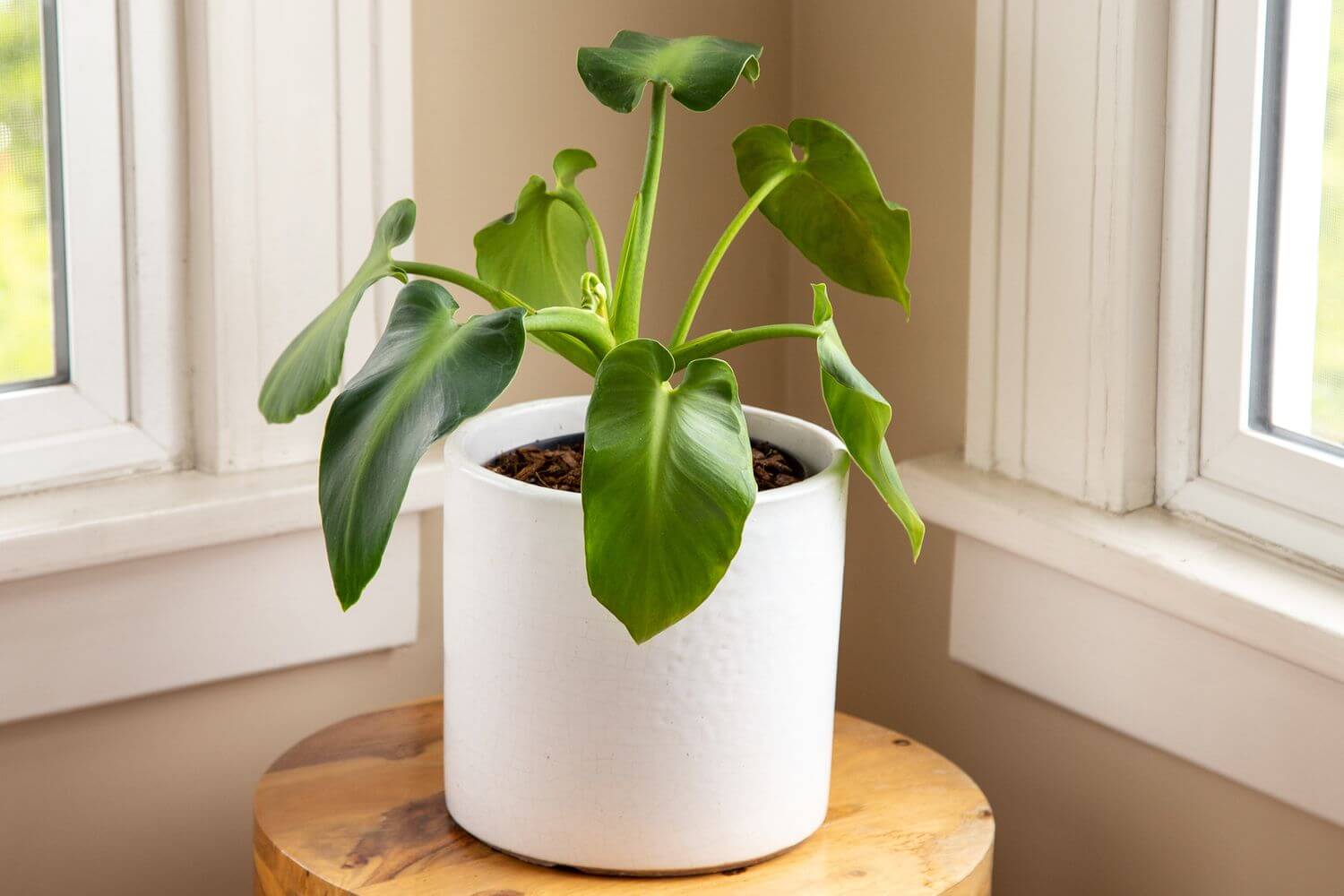Philodendron Rugosum: A Guide to Care, Cultivation, and Benefits
Philodendron Rugosum is a popular houseplant known for its striking foliage and air-purifying properties. This plant is indigenous to the South American rainforests and is a member of the Araceae family.
It is a preferred option among lovers of houseplants because of its distinctive qualities and simplicity in cultivation.
Table of contents
Description of Philodendron Rugosum
Taxonomy and Classification
A species of the genus Philodendron, which is a large group of plants in the family Araceae, is Philodendron rugosum. The plant is often referred to as rough-leaved philodendron and is technically known as Philodendron rugosum.
Morphology and Physical Characteristics
Philodendron Rugosum is a tropical plant with glossy, dark green, and deeply lobed leaves that can grow up to 20 inches long and 12 inches wide.
With noticeable veins that give the leaves a rough, crinkled look, the leaves have a distinctive texture. In ideal circumstances, the plant can expand to a height of six feet and a width of three feet.
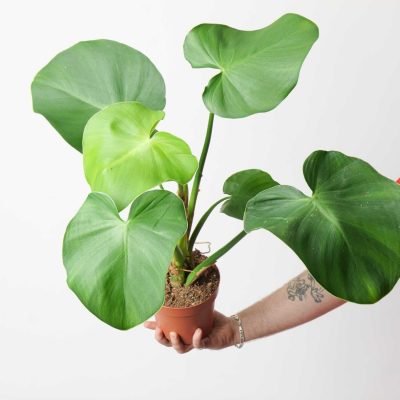
Varieties and Cultivars
Philodendron rugosum has no recognized cultivars or variations at this time.
Habitat and Distribution of Philodendron Rugosum
The South American jungles, notably those in nations like Colombia, Venezuela, and Ecuador, are home to the Philodendron Rugosum.
The plant grows as an epiphyte in its native environment, which means it grows on other plants rather than in soil.
Care and Maintenance
Light Requirements
Bright, indirect sunshine is preferred for Philodendron rugosum. While too little light can make the leaves turn yellow and fall off, too much direct sunlight can scorch the leaves.
Low light environments might prevent plants from growing as rapidly or producing as much foliage as they would in environments with more light.
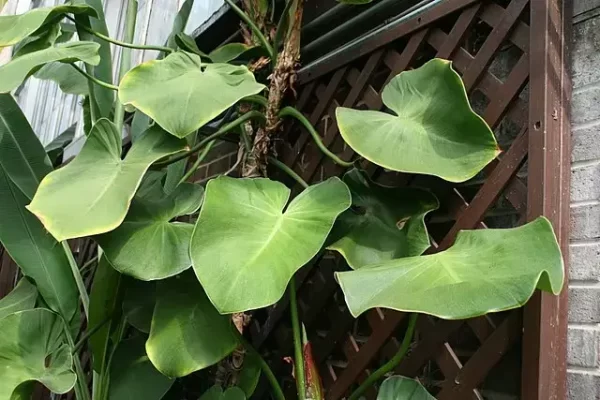
Watering Requirements
Although Philodendron Rugosum does best in moist soil, it’s important to avoid overwatering it as this can cause root rot.
The ideal method for watering the plant is to wait until the top inch of soil has dried before giving it a good soak. In order to avoid water collecting in the pot’s bottom, it is also crucial to check for drainage holes.
Temperature and Humidity Preferences
The ideal temperature range for Philodendron rugosum is between 65°F and 85°F. The plant can withstand a little bit of chilly weather, but it shouldn’t be exposed to anything below 55°F.
High humidity levels are also preferred by the plant. The plant may have brown leaf tips or leaf drop if the humidity is too low.
You may put a humidifier close by or spritz the leaves with water to enhance the humidity in the area surrounding the plant.
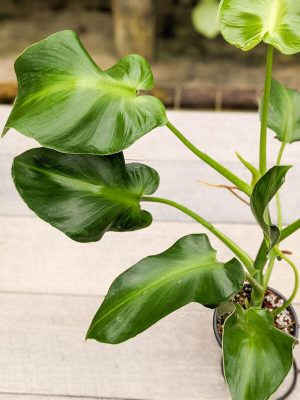
Fertilizer and Soil Requirements for Philodendron Rugosum
Philodendron rugosum likes nutrient-rich, well-draining soil. Peat moss, perlite, and vermiculite should be divided equally in the potting mix for the plant.
The plant should be treated with a balanced, water-soluble fertilizer every two weeks throughout the growth season, which is normally from spring to autumn. Every four to six weeks throughout the winter, fertilize the plant.
Pruning and Propagation Techniques
Pruning is not necessary for Philodendron Rugosum, but it can be done to shape the plant or to remove any dead or damaged leaves. To prune the plant, use clean, sharp scissors or pruning shears to cut the stem just above a leaf node.
Philodendron Rugosum can be propagated through stem cuttings or division. To propagate through stem cuttings, take a cutting that is about 4-6 inches long and has at least two nodes.
Remove any leaves from the bottom of the cutting, and then place the cutting in water or moist soil until roots develop. Once the roots have developed, the cutting can be planted in a pot.
Remove the plant from its container and gently divide the root ball into two or more portions to reproduce by division. There should be a separate stem and roots for each segment. Put new dirt in a separate container and plant each part.
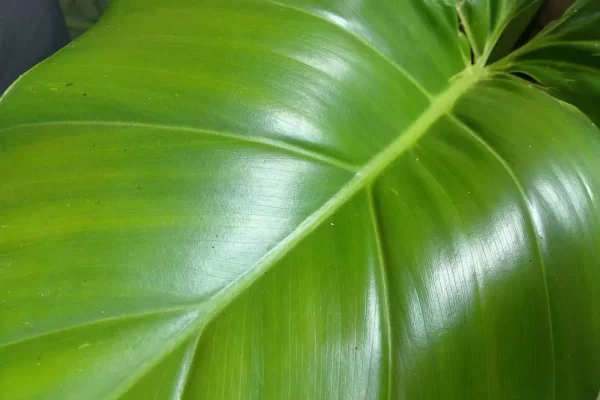
Common Pests and Diseases
Although Philodendron is largely resistant to pests and diseases, some common houseplant pests like scale insects, mealybugs, and spider mites can still harm it. With the use of neem oil or insecticidal soap, these pests may be managed.
If the plant is overwatered or is positioned in poorly draining soil, root rot may also be a possibility. Make sure the soil is well-draining and the plant is not resting in any standing water to avoid root rot.
Common Pests and Diseases of Philodendron Rugosum
| Pest/Disease | Symptoms | Control |
| Spider mites | Leaves appear stippled or have webbing | Insecticidal soap or neem oil |
| Mealybugs | White, cottony masses on leaves and stems | Insecticidal soap or neem oil |
| Scale insects | Small, raised bumps on leaves and stems | Insecticidal soap or neem oil |
| Root rot | Brown or black roots, leaves may turn yellow or wilt | Ensure proper drainage and do not overwater |
Cultivation and Propagation
Preparing Soil and Containers
It’s crucial to choose a container slightly bigger than the Philodendron Rugosum plant’s root ball when planting the plant. Additionally, the pot needs drainage holes to stop water from pooling at the bottom.
Mix equal quantities of peat moss, perlite, and vermiculite to prepare the soil. This combination will provide the plant the nutrients it needs and make sure the soil drains properly.
Choosing the Right Pot and Location
Philodendron Rugosum prefers bright, indirect sunlight, so it is important to choose a location that receives this type of light.
The plant can be placed near a window that faces east or west, or it can be placed in a room with bright, indirect light.
When choosing a pot, it is important to choose one that is slightly larger than the plant’s root ball. The pot should also have drainage holes to prevent water from sitting in the bottom of the pot.
Planting and Watering Techniques for Philodendron Rugosum
Place the Philodendron Rugosum plant in the middle of the container after adding the prepared soil mixture to it. After filling up any spaces surrounding the plant with dirt, give it a good watering.
After watering, wait until the top inch of soil is completely dry before giving the plant another drink.
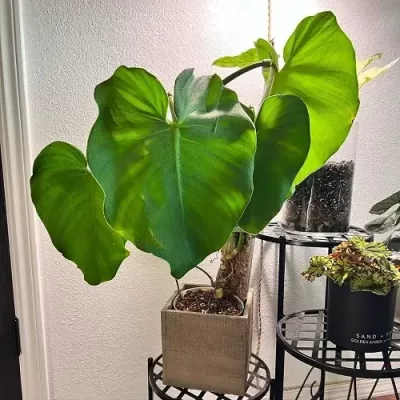
Propagation Techniques
Philodendron Rugosum can be propagated through stem cuttings or division. To propagate through stem cuttings, follow the steps outlined in the Pruning and Propagation Techniques section above.
To propagate through division, remove the plant from its pot and carefully separate the root ball into two or more sections. Each section should have its own stem and roots. Plant each section in a separate pot with fresh soil.
Caring for Young Philodendron Rugosum
It’s crucial to provide young Philodendron Rugosum plants the proper quantity of light, water, and nutrients while taking care of them. Due to their immature root systems, young plants may need more regular watering than older ones.
Uses and Benefits of Philodendron Rugosum
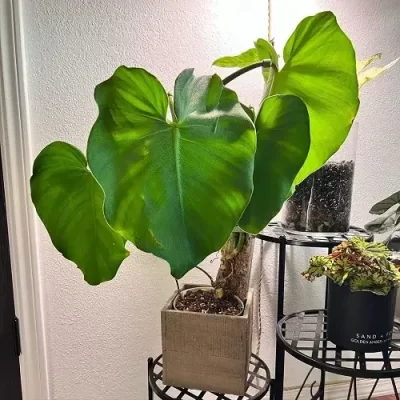
Philodendron Rugosum Aesthetic Value
Beautiful indoor plants like the Philodendron Rugosum may give any space a hint of tropical beauty. The plant is a stunning addition to any collection of houseplants because to its glossy, dark green foliage and rough texture.
Air-purifying Properties
The philodendron rugosum, like many other members of the Araceae family, possesses air-purifying capabilities. The plant is a wonderful addition to any house or business since it can eliminate dangerous pollutants from the air, including formaldehyde, benzene, and trichloroethylene.
Medicinal Properties
Traditional medicine has used Philodendron rugosum to treat a number of conditions. The herb has been used to cure fever, inflammation, and infections in Ecuador. Additionally, it has been used to treat eczema and psoriasis, two skin conditions.
Youtube Video About Philodendron Rugosum
Final Thought
Philodendron Rugosum is a beautiful and easy-to-grow houseplant that can add a touch of tropical elegance to any room. This plant may grow and provide a variety of advantages, from its air-purifying abilities to its possible therapeutic purposes, with the correct care and upkeep.
If you want to add a Philodendron Rugosum to your collection of houseplants, be sure to give it moist, well-draining soil and place it in a light, indirect area. This plant may become a beautiful and beneficial addition to your house with a little TLC.
You May Also Like
How to Boil Eggs in an Instant Pot?
The Benefits of the Pomegranate Tree
FAQ
Philodendron rugosum is uncommon. It is hard to find at nurseries and plant stores. Its distinctive traits and lovely leaves are making it more popular among houseplant aficionados.
Philodendron rugosum is not a climber but may reach six feet in optimal circumstances. The erect, bushy plant adds height and texture to a space.
Yes, Philodendron rugosum grows indoors. It enjoys indirect light and mild temperatures in South American jungles. It grows well indoors in a container.
Stem cuttings or division propagate Philodendron rugosum. Take 4-6-inch stem cuttings with at least two nodes to propagate. Put the cutting in water or damp soil until roots grow. The cutting may be potted once roots form.
Philodendron Spiritus Sancti costs hundreds of dollars. This uncommon Brazilian rainforest plant is located in a tiny region. Collectors prize the plant’s three-foot leaves.




